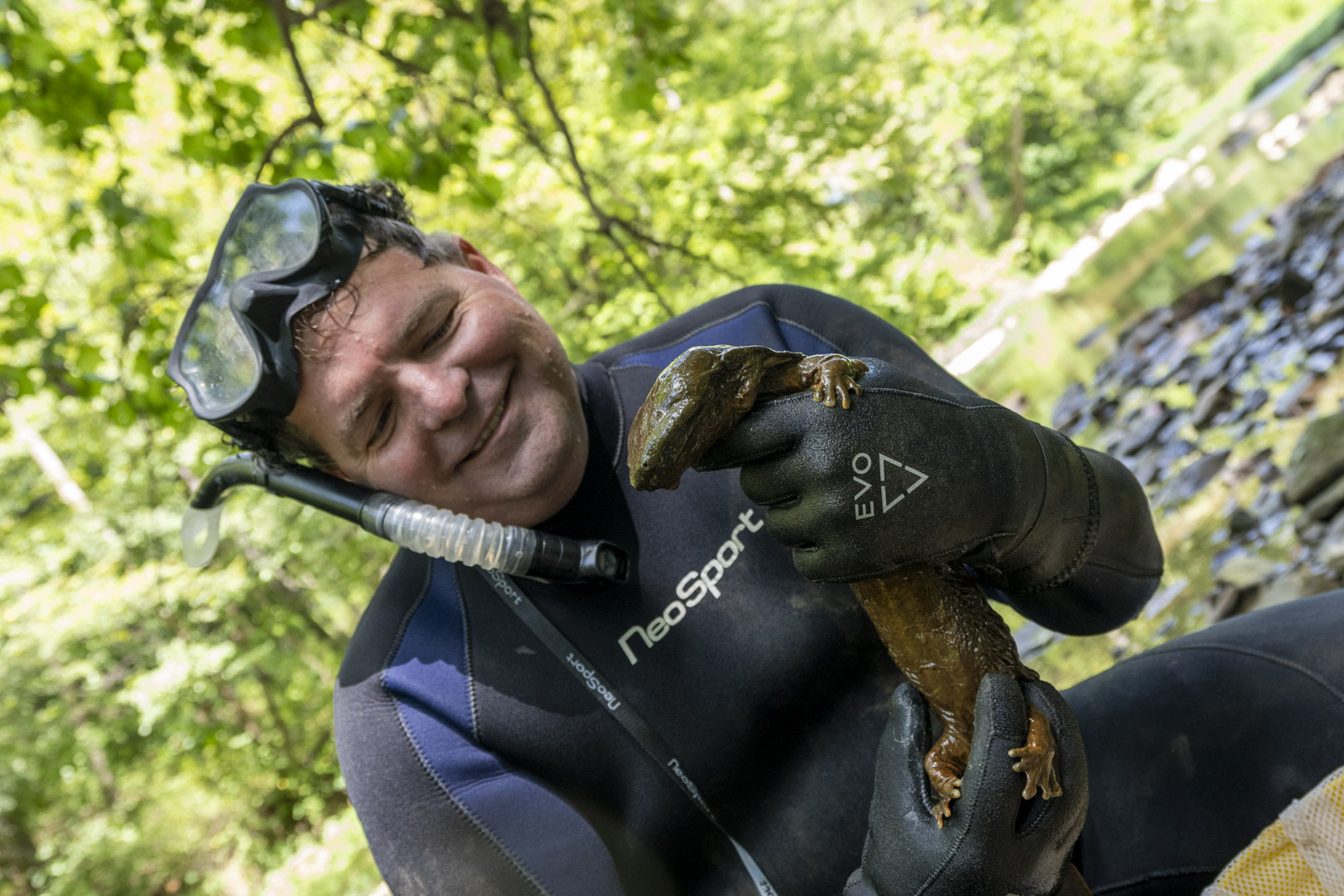Ohio is teeming with fascinating wildlife, but one of its most unique residents is struggling to survive. Meet the eastern hellbender, North America’s largest amphibian, affectionately nicknamed the "snot otter" for its slimy, slippery coating. These incredible salamanders grow up to two feet in length, live entirely in water, and hide under submerged rocks in Ohio’s pristine streams. Unfortunately, decades of habitat loss, pollution, and sedimentation have driven their populations to the brink of extinction in Ohio and neighboring states like West Virginia.
Thankfully, the fight to save this ancient species has rallied passionate individuals and organizations across the region. Three exciting initiatives—each involving conservation, education, and community engagement—highlight a growing movement to ensure that hellbenders have a future in our streams.
Columbus Zoo: Building the Ohio Center for Wildlife Conservation
At the Columbus Zoo and Aquarium, a new chapter in wildlife restoration and education is being written with the Ohio Center for Wildlife Conservation. This state-of-the-art facility will introduce Zoo guests to Ohio’s endangered species, including the eastern hellbender, and showcase the collaborative conservation work that goes into preserving them.

For over a decade, the Columbus Zoo has raised young hellbenders from eggs collected in the wild, hand-rearing them until they are ready for release into carefully selected streams. Since 2012, over 1,000 hellbenders reared at the Zoo have been released into Ohio’s waterways, where they are monitored for survival and reproduction. Remarkably, 2023 marked a major milestone: for the first time, researchers documented wild reproduction by hellbenders that were released years ago.
Ohio Center for Wildlife Conservation Read about Raising Hellbenders
Zoombezi Bay: Conservation Tower and Hellbender Awareness
Next door at Zoombezi Bay, water park visitors will soon enjoy a groundbreaking new attraction: Conservation Tower. This world’s-first water park attraction does more than deliver thrills—it educates guests about the importance of water quality and supports hellbender conservation efforts.

Clean water is essential not only for human recreation but also for wildlife like the hellbender, which relies on clear, unpolluted streams to survive. By connecting guests to the story of these endangered salamanders, Conservation Tower aims to inspire action and support for their preservation.
Read More about Conservation Tower
The Wilds: A Campground with a Cause
At The Wilds, a sprawling wildlife conservation center in southeastern Ohio, hellbender conservation has taken on a new dimension with the opening of the Hellbender RV Campground. This unique destination provides visitors with opportunities to immerse themselves in nature while learning about the fascinating creatures that inhabit nearby streams.

The Wilds has been a leader in hellbender conservation, raising and releasing these amphibians in partnership with organizations like the Ohio Division of Wildlife and the West Virginia Department of Natural Resources. In 2024 alone, The Wilds released 147 young hellbenders into Ohio and West Virginia streams, furthering efforts to restore their populations. The Hellbender RV Campground is a fun and meaningful way to connect families with this important work and inspire them to care for local ecosystems.
Read More about the Hellbender RV Campground Hellbender Conservation at The Wilds
Why Protect the Hellbender?
Hellbenders are more than a quirky species with a funny name. They play a critical role in stream ecosystems, feeding on crayfish and other aquatic invertebrates while serving as indicators of water quality. Healthy hellbender populations mean healthy streams, which benefit humans, wildlife, and the environment as a whole.
Unfortunately, sedimentation from soil erosion and pollutants in waterways have made many streams uninhabitable for hellbenders. Efforts to restore their habitat and reintroduce them to the wild require the help of local communities. Simple actions, like planting native vegetation to filter runoff or leaving rocks undisturbed in streams, can make a big difference.

How You Can Help
The Eastern hellbender may be elusive, but its survival depends on all of us. Whether you visit the Columbus Zoo, Zoombezi Bay, or The Wilds, there are countless ways to get involved and support this vital conservation work. By protecting our streams, we’re not just saving the “snot otters”—we’re safeguarding a legacy of biodiversity for future generations.









